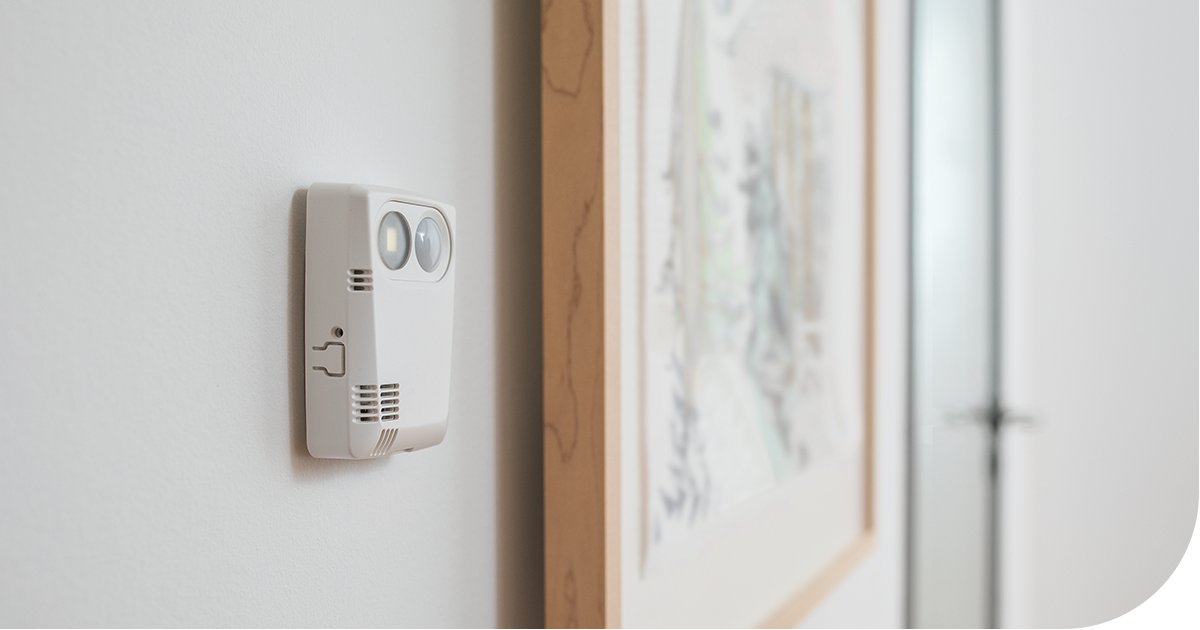

Practical Tips to Control Your Museum's Environment
Environmental control is essential for protecting your collections. Here are some practical tips...


Environmental control is essential for protecting your collections. Here are some practical tips...
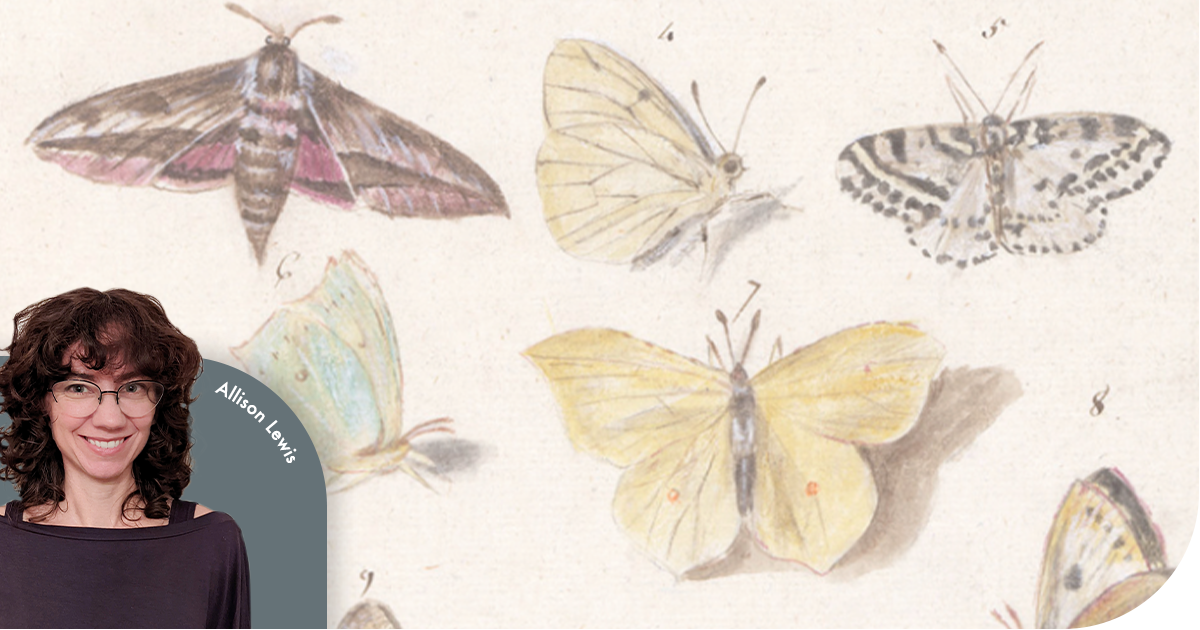

We went digging in the vault to share this webinar recording from 2023. Join Allison Lewis for ...
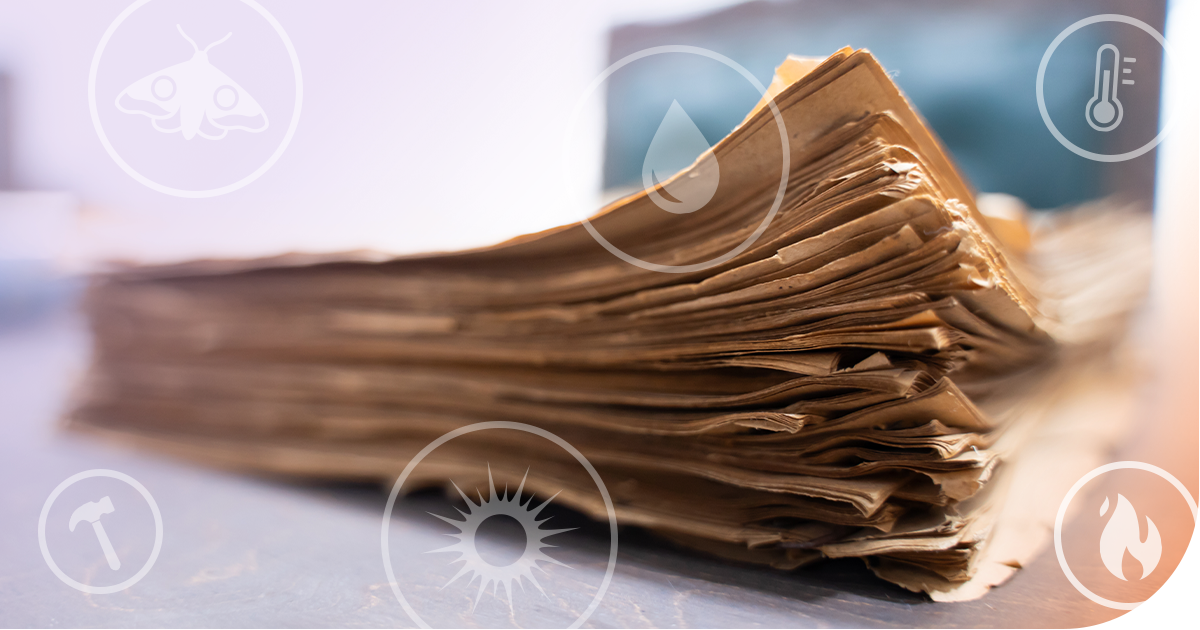

The agents of deterioration are a great way to understand how artifacts can be damaged over time....
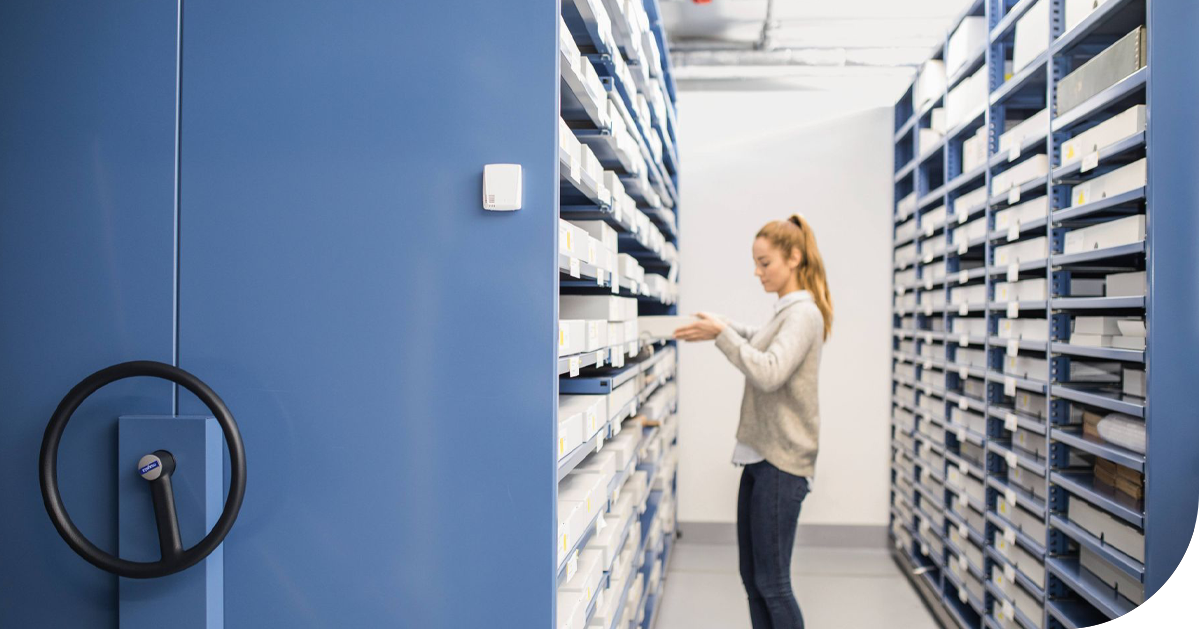

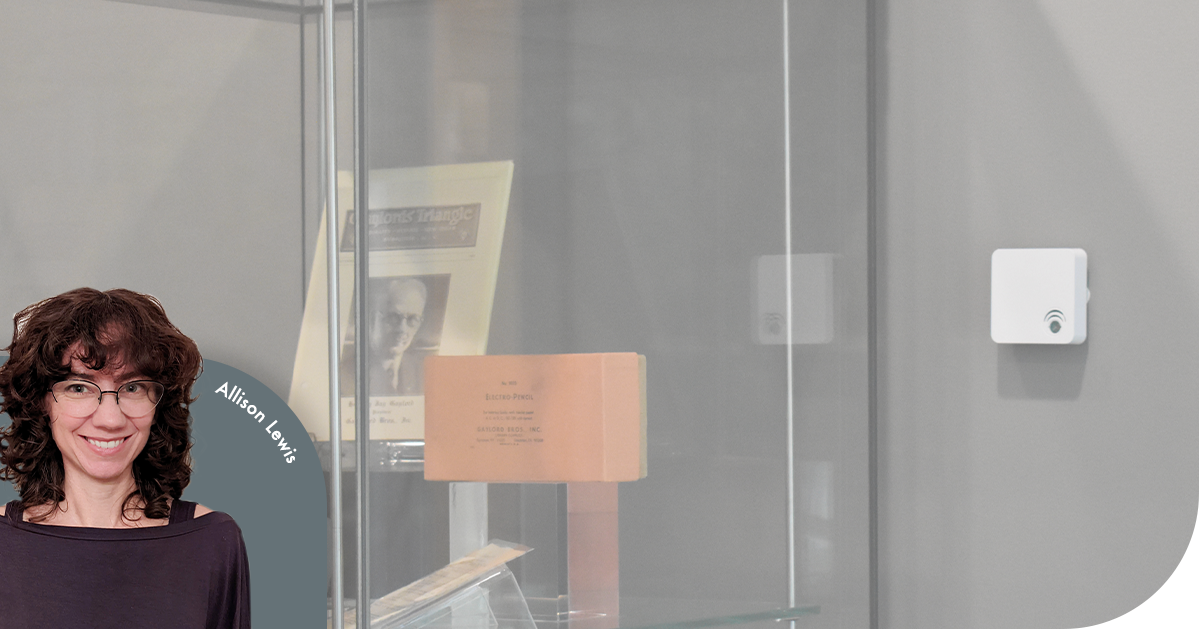

If you missed our webinar, "What is Environmental Monitoring?" with objects conservator Allison...
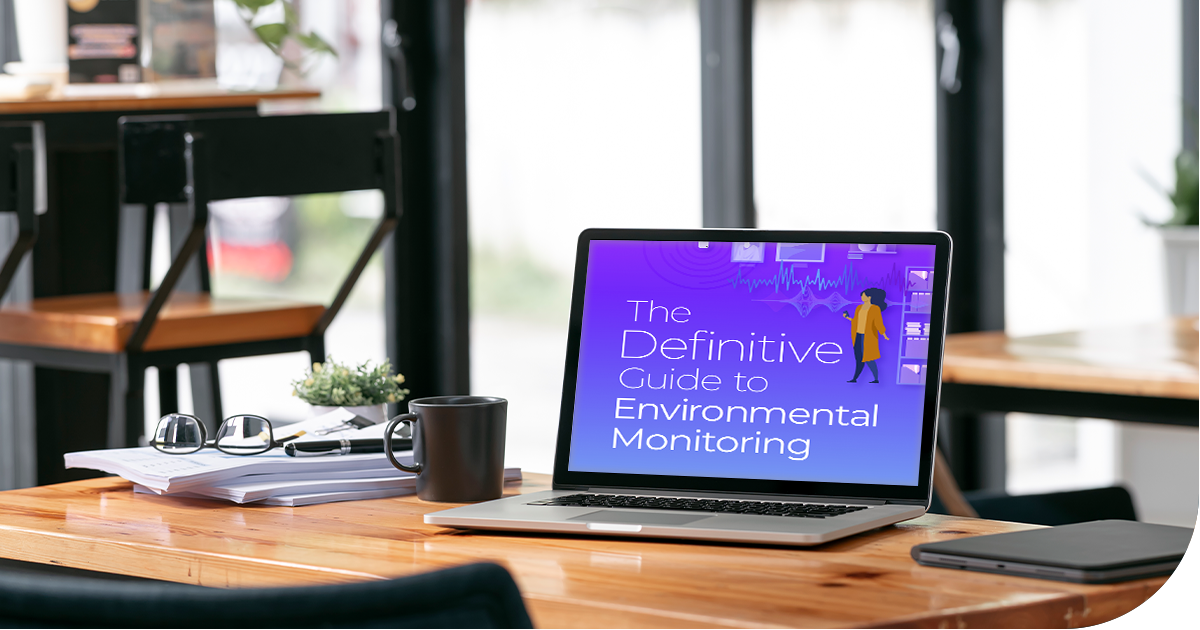

All you need to know about environmental monitoring, straight from the experts!
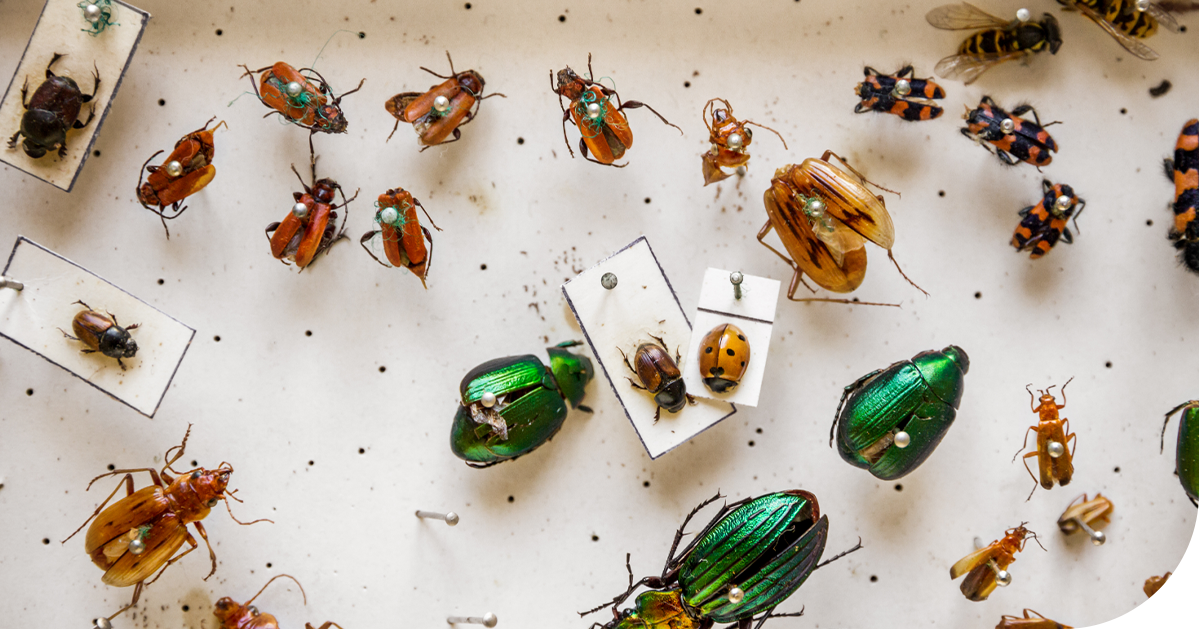

So, what exactly is IPM? Integrated Pest Management is a holistic approach to pest control that...
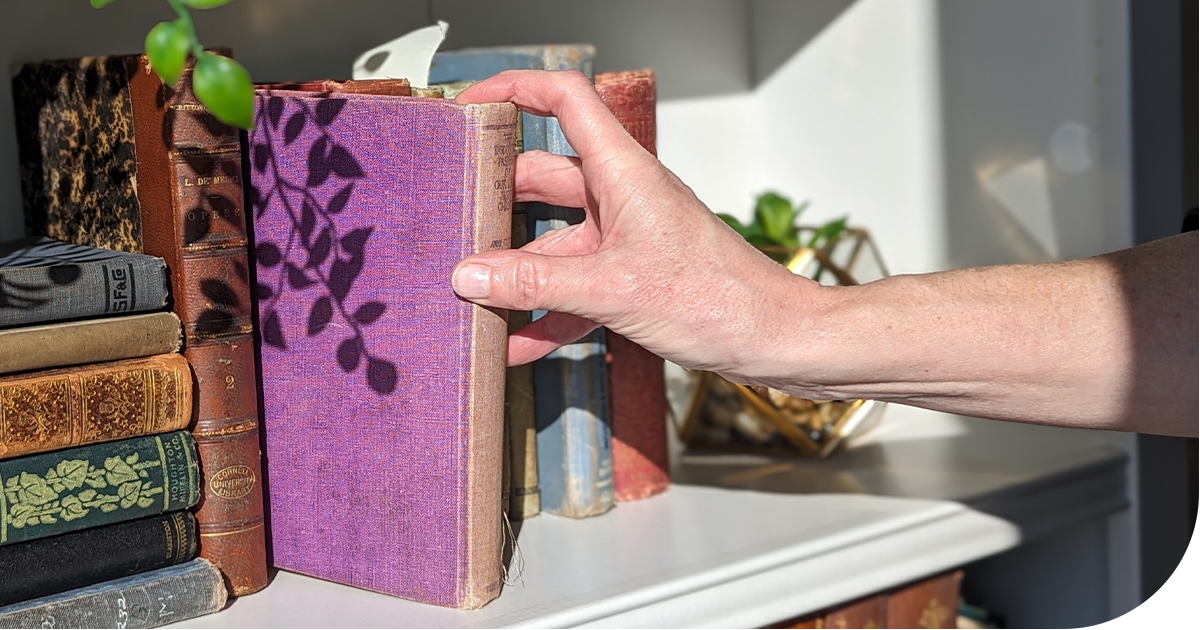

Light damage poses a significant threat to museum collections. While light is necessary for viewing...
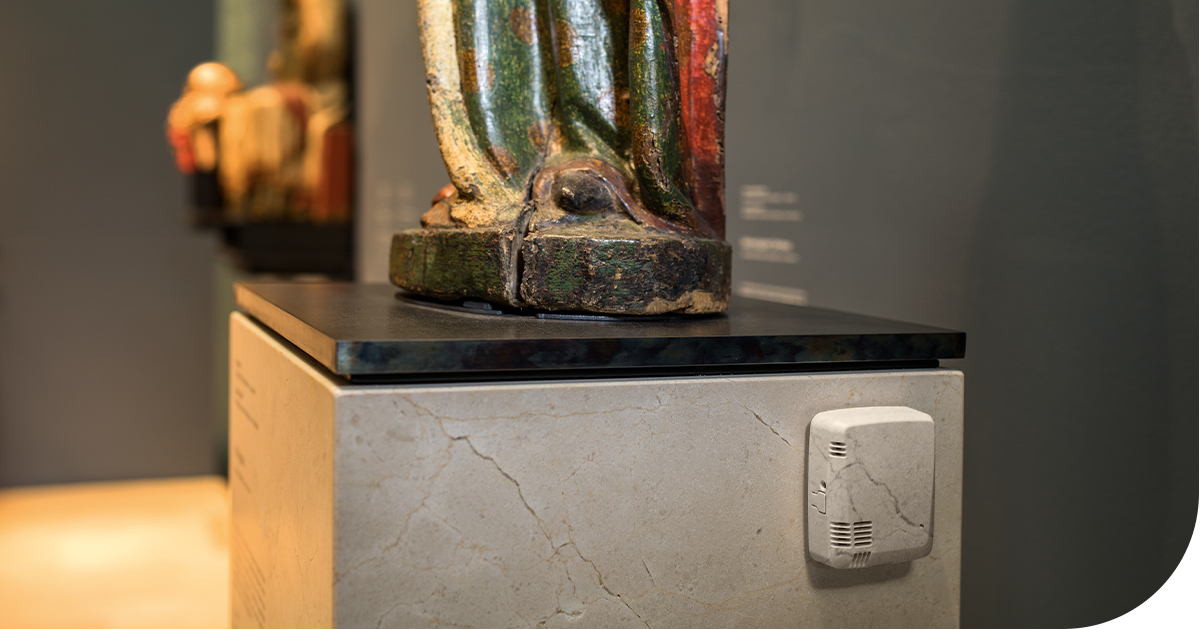

In today's fast-paced world, it is crucial to equip yourself with Wireless Environmental Monitors...
Loading
End of content
No more pages to load
